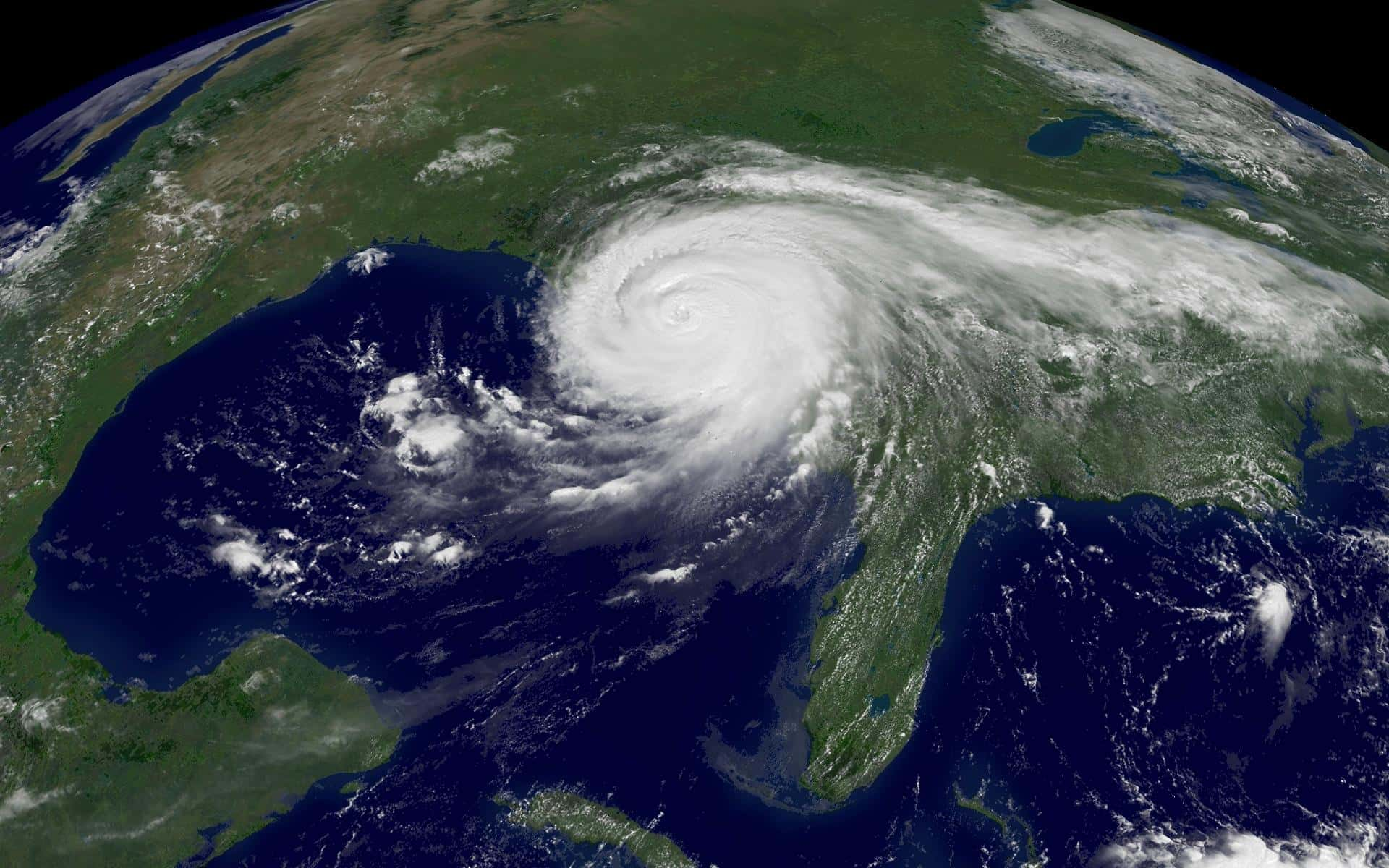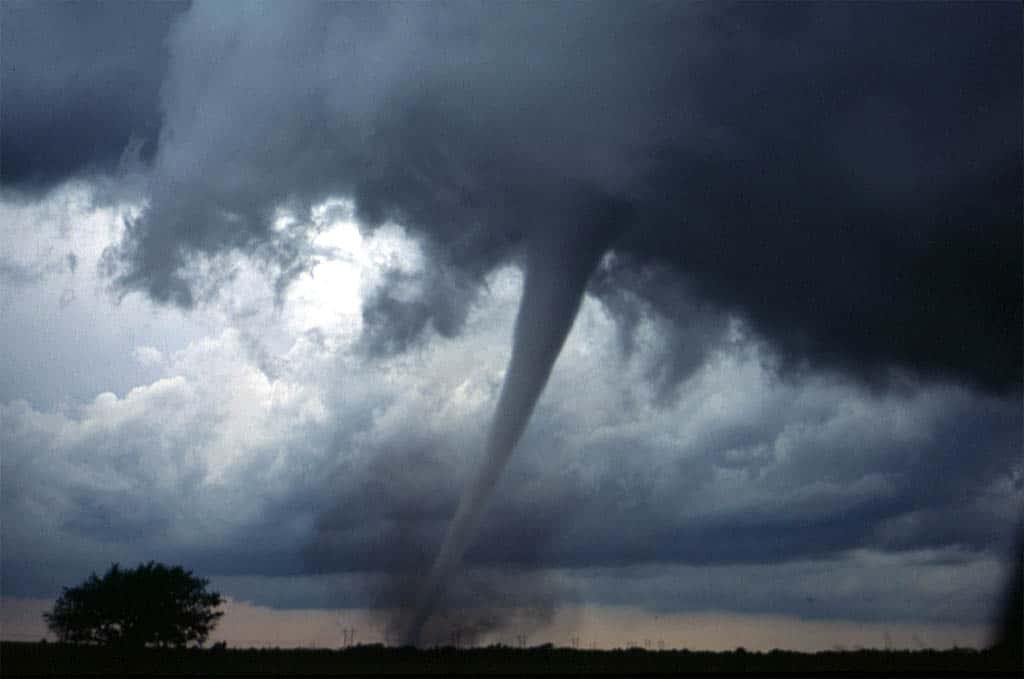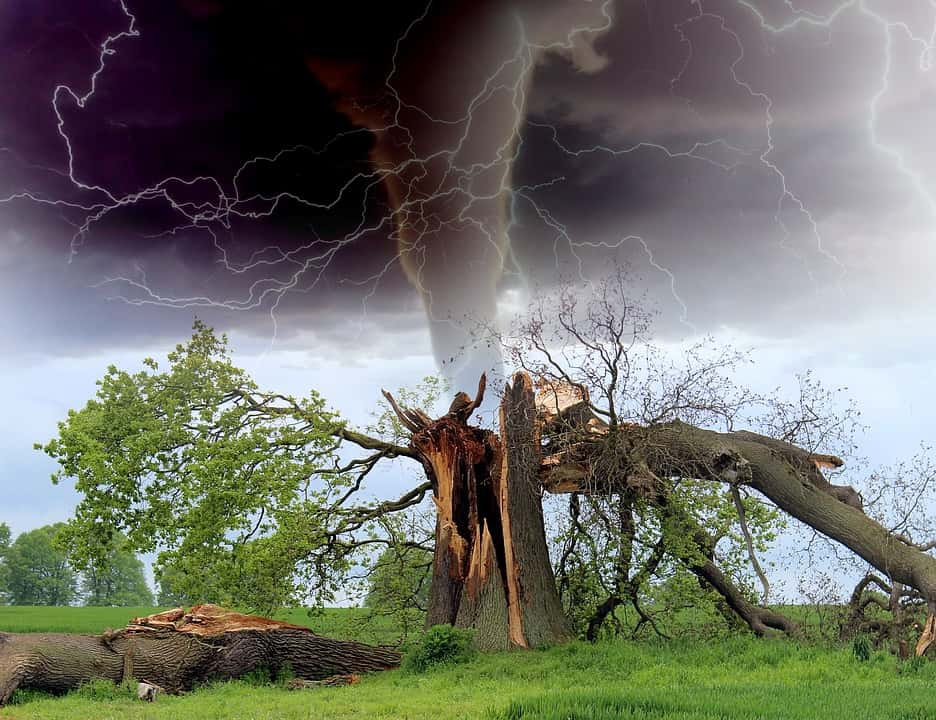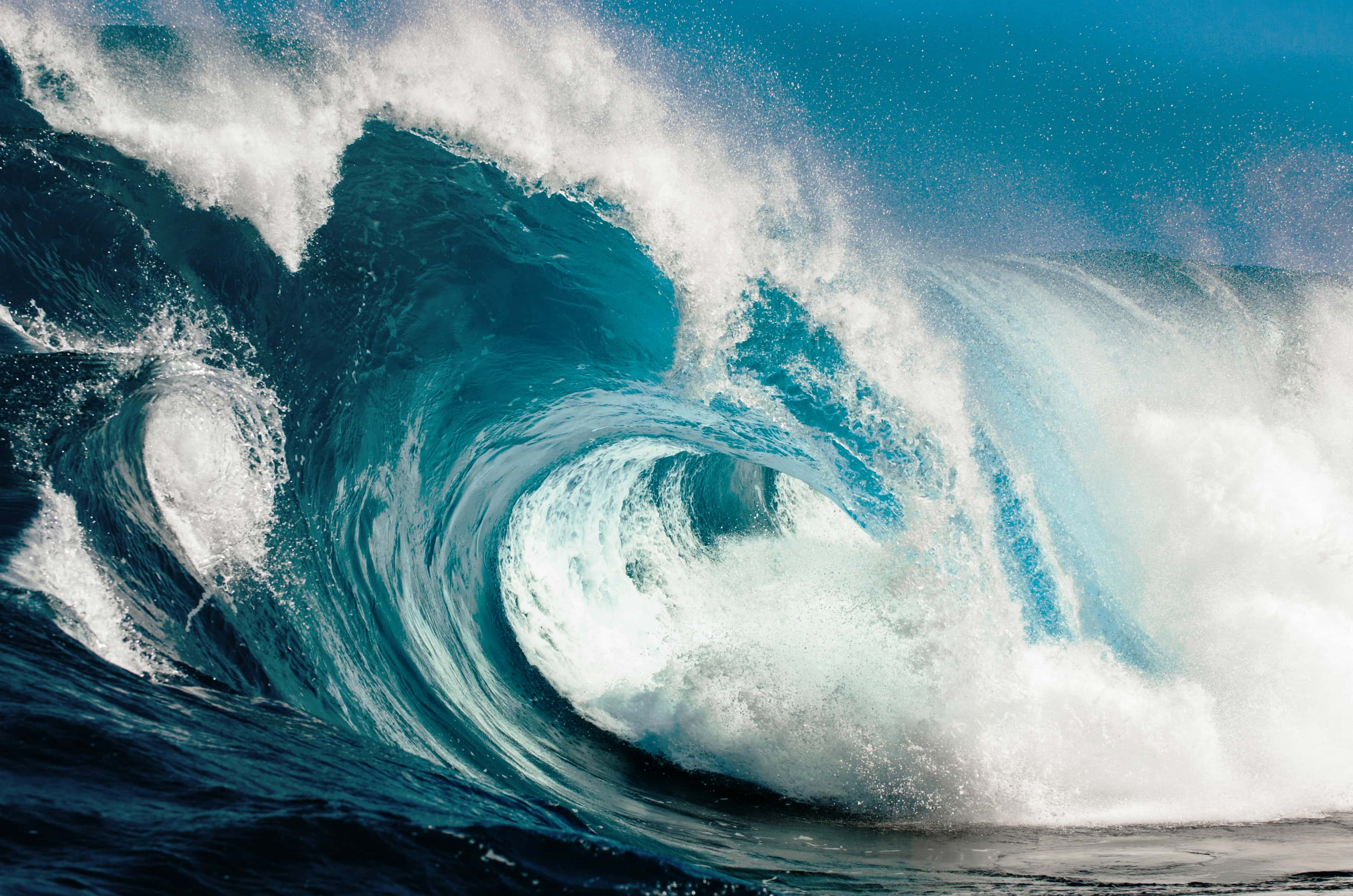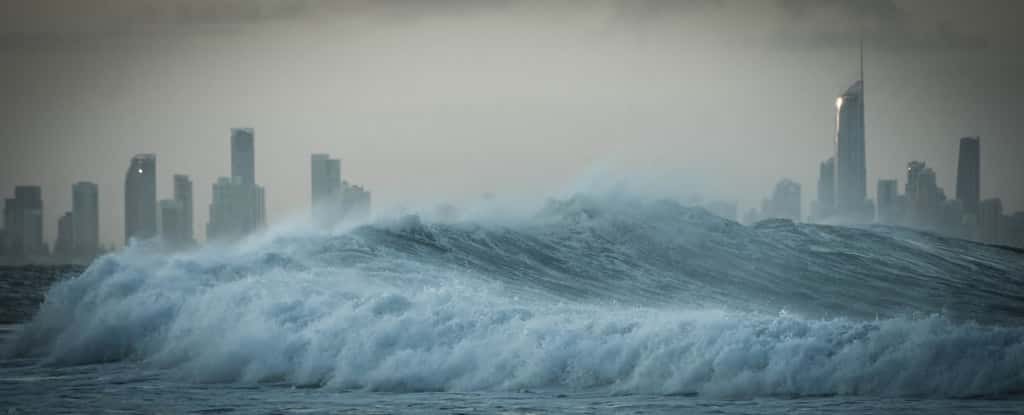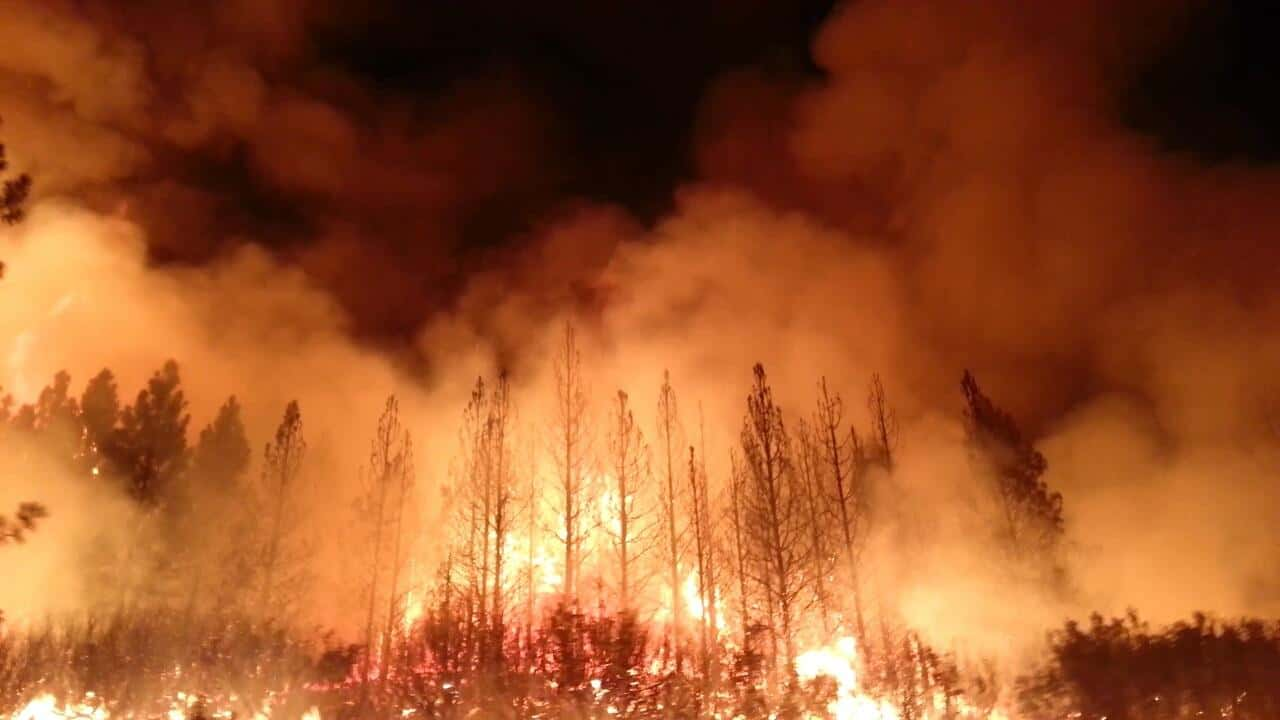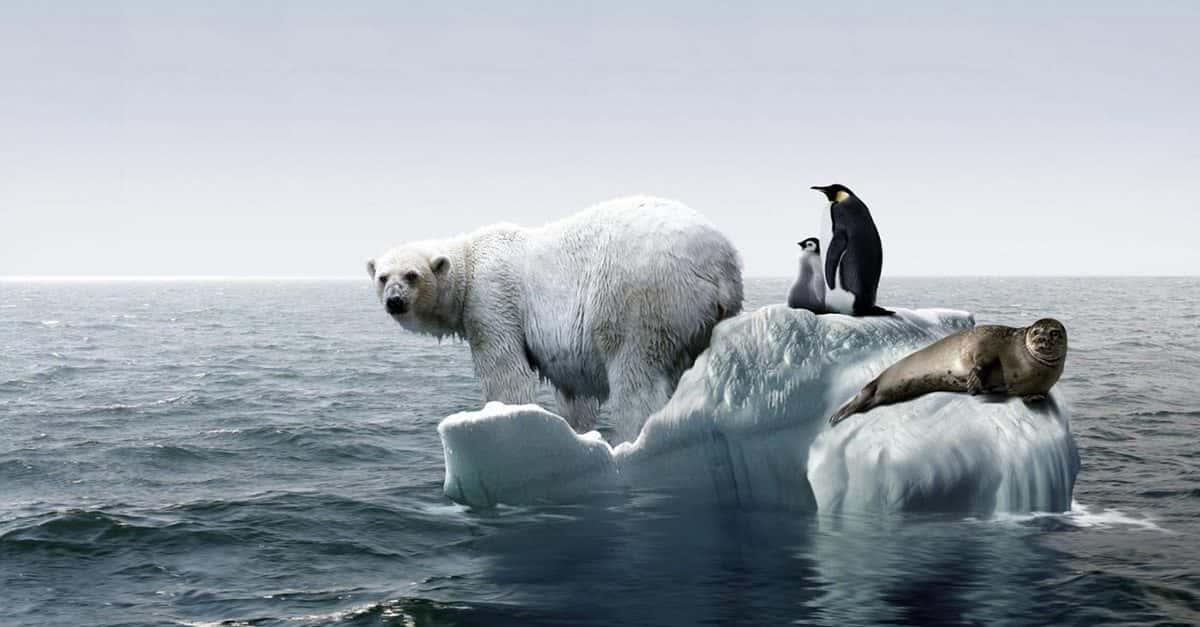“Even with all our technology and the inventions that make modern life so much easier than it once was, it takes just one big natural disaster to wipe all that away and remind us that, here on Earth, we're still at the mercy of nature. “Neil deGrasse Tyson.
Natural Disasters are catastrophic events such as earthquakes, floods or hurricanes that cause damage and even loss of life. Disasters can strike anywhere and at any time, and have long been a source of fascination.
Enjoy these 41 earth-shaking facts about natural disasters.
Natural Disasters Facts
41. Tunguska Event
On June 30, 1908, a giant explosion with the magnitude of a 5.0 earthquake shook Siberia. Witnesses described seeing a bright fireball in the sky, and it caused trees to fall, buildings to shake, and people to be knocked off their feet as far as 40 miles away. While many animals were killed in the blast, no humans lost their lives. The explosion is generally attributed to the air burst of a meteorite. It is classified as an impact event, even though no impact crater has been found. The object is thought to have disintegrated at an altitude of 3 to 6 miles rather than hit the surface of the Earth.
40. Humans Play a Part
Weather is the main cause of natural disasters, but human activity can play a role in how frequently they occur and in their severity. As we speed the rate of global warming hurricanes have become more common and more severe on average.
39. Earthquake
The Valdivia Earthquake (also known as the Great Chilean Earthquake) in 1960 is to date the most powerful earthquake ever recorded on Earth. It was rated 9.5 on the Moment Magnitude scale, and generated a tsunami that caused damage over 9,000 miles away.
38. Watch Out For Falling Snow!
It only takes about 5 seconds for avalanches to reach speeds of 80mph.
37. The Difference Between Life and Death
The survival rate for victims rescued within the first 18 minutes of an avalanche is greater than 91%. In Rescues between 19-35 minutes, survival rates drop to 35%. Dogs play a large role in locating people who are buried under the snow.
36. Ring of Fire
The string of volcanoes, sites of seismic activity or earthquakes around the Pacific Ocean is known as the Ring of Fire. Approximately 90% of all earthquakes occur along the ring, and it contains 75% of all active volcanoes on Earth.
35. Killer River
In 1931, China was besieged by devastating floods that caused the death of as many as 3.7 million people. The event, known as the Central China Floods, affected more than 51 million people, and remains the worst natural disaster in history.
34. Ouch That’s Hot!
The molten lava spewed from the Hawaiian volcano of Kilauea reaches temperatures of 2,120 F. Lava is made of melted rock which is known as magma until it breaches the surface of the Earth.
33. Killer Cloud
On the night of Aug 21, 1986, a low lying white cloud grew over Lake Nyos in Cameroon. The cloud was created by a release of carbon dioxide gas at the bottom of the lake, which floated across the ground and into a near by village, where it killed around 1700 people.

History's most fascinating stories and darkest secrets, delivered to your inbox daily.
32. Biggest Eruption Ever
The biggest volcanic eruption ever recorded was the explosion of Mount Tambora on Sumbawa Island in 1815. It ranked super colossal on the Volcanic Explosion Index, which is the second highest possible rating. The ash from the eruption column dispersed around the world and lowered global temperatures, leading to worldwide harvest failures in an event sometimes known as the Year Without a Summer in 1816.
31. Continuous Eruption
The Kilauea volcano in Hawaii is the most active volcano on Earth. It’s been continuously erupting since January 3, 1983, recording 61 eruptions, and destroying more than 200 structures.
30. Tornado Alley
Tornado Alley is located in the American Plains states and is one of two regions in the U.S. that record a disproportionate number of tornadoes. Most of the 1000 tornadoes that hit the U.S on an annual basis occur in this region.
29. Just an Enormous Thunder Storm
Super Cells, which are essentially enormous thunder storms, create the conditions that produce tornadoes tornadoes. First there must be a wind shear, or a a difference in wind speed or direction, which create a spinning tube of wind. The updrafts and down drafts that are common in super cell storms then pull these tubes into a vertical position creating a tornado.
28. Most Powerful Winds on Earth
Tornadoes can record winds of up to 300mph, which is twice as fast as hurricanes. On May 3, 1999, radar reported a tornado with wind speeds as fast as 302mph.
27. Billion Dollar Disasters
Since 1980, the U.S. has suffered 208 weather-related disasters where damages exceeded 1 billion dollars. In the first part of 2017, there have been five such weather and climate disasters across the United States.
26. Unpredictable, Highly Destructive.
Of all natural disasters, earthquakes are both the most unpredictable and the most destructive. While scientists have a pretty good idea of where earthquakes will hit, there are still no scientific methods of predicting exactly when they will happen.
25. Nuclear Meltdown
In 2011, a 9.0 magnitude earthquake off the coast of Japan caused a deadly 23-foot tsunami in the country’s north. The tsunami disabled the power supply and cooling of three nuclear reactors in the Fukushima plant, triggering a nuclear accident.
24. The Day the Earth Sped Up
The Japanese earthquake also amplified the rotation speed of Earth, shortening the length of a day by 1.8 microseconds.
23. Backwards Flowing River
In 1812, a series of earthquakes near Missouri caused the soil beneath the Mississippi river to rise and temporarily caused the river to flow backwards. Some Muskogee people thought that the cause was a river god called the Tie Snake, twisting under the ground.
22. San Francisco and Los Angeles Will Meet (But Not For a While)
As the two sides of the San Andreas Fault slip past one another, San Francisco moves towards Los Angeles at a rate of about 2 inches per year. In several million years, the two cities will meet.
21. Animal Anticipation.
Some Scientists believe that some animals are able to feel vibrations in the earth before an Earthquake. Dogs, birds and elephants have all been said to flee or retreat an area right before a disaster hits.
20. Once Every 200 Years
In 1861, a massive 43-day storm put Southern California underwater for six months. Geologic research shows that epic storms of “biblical proportions” have occurred in the region roughly every 200 years for the last 2000 years, and researchers say that California may be due for another big one soon.
19. When the Dam Breaks
The Banqiao dam was built on the Ru River in China in the 1950s as part of a program aimed at controlling the Huang He (Yellow River). It was constructed to withstand massive floods, expected to occur only once a millennium. Sadly, in 1975 Typhoon Nina hit with such intensity the dam collapsed causing unprecedented flooding and destruction downstream.
18. Sinkhole Alley
The state of Florida sits on an unbroken bed of Limestone which makes sinkholes a common problem- especially in Central Florida. It’s called “sinkhole alley”, and 2/3 of sinkhole insurance claims come from this area.
17. The Great Blue Hole
The Great Blue Hole of Belize is a large underwater sinkhole near the center of Lighthouse Reef. It originally formed as a limestone cave during the last glacial period, but as the ocean began to rise, the cave system flooded and eventually collapsed. In 1971, Jacques Cousteau made the site famous by declaring it one of the top ten best diving site in the world.
16. I Know a Big Sinkhole that Swallowed a House
The largest natural sinkhole ever witnessed occurred in May 1981 in Winter Park, Florida. The sinkhole grew to a width of 350 feet, and a depth of 75 feet, taking with it a 3-bedroom house, a car dealership, 5 Porsches, parts of two separate streets, and the town’s Olympic-sized swimming pool.
15. It’s Getting Windy Out Here
A storm is considered a topical depression when wind speeds are less than 39 mph. When the wind speed exceeds 39 mph, the tropical depression is upgraded to a tropical storm. When wind speeds reach 74 mph (119kph), a tropical storm becomes a hurricane.
14. Can’t Cross the Equator
No hurricane has ever crossed the equator because of a property of physics known as the Coriolis effect. The Coriolis effect is the force that creates the spin in the hurricane. Hurricanes spin counterclockwise in the Northern hemisphere and clockwise in the South. The same effect also causes hurricanes to move away from the equator as they grow.
13. The Naming of a Hurricane
To make communication about storms easier, the World Meteorological Organization develops a list of names for tropical storms that are used in alphabetical order. If the storm becomes a hurricane, the name is retained. Names can be repeated after a period of 6 years, but names of especially severe storms like Katrina are retired.
12. Different Names Around the World
Depending where in the world they’re located, hurricanes have different names. The name hurricane is given to systems that develop over the Atlantic or the eastern Pacific Oceans. In the western North Pacific and Philippines, these systems are called "typhoons" while in the Indian and South Pacific Ocean, they are called "cyclones".
11. Typhoon John
Typhoon John formed during the 1994 Pacific hurricane season, and is both the longest-lasting and second-farthest traveling typhoon ever observed. It followed an 8,000-mile path and lasted 31 days in total. It was also one of the few number of tropical cyclones to ever be designated as both a hurricane and a typhoon.
10. The Carrington Event
In 1859, the planet recorded the largest solar storm on record. A solar storm is caused by the outer layer of the Sun ejecting a massive quantity of charged particles, or radiation, towards the Earth. The Carrington Event, named for the British Astronomer Richard Carrington, caused geometric disturbances that damaged telegraph systems around the world. The storm passed within a few days, but were the event to occur today, it could disrupt telecommunications and cause trillions of dollars in damage.
9. Ice Storm of 1998
The Ice Storm of 1998 was one of the largest natural disasters in Canadian History. Quebec, Ontario, and some north-eastern staes were struck by the storm. Multiple layers of freezing rain caked everything with thick, heavy ice, causing tremendous damage. The storm was blamed for 35 deaths, and millions of people were without power for weeks.
8. Covered in Glaze
Another name for ice storms are Glaze Storms, because the landscape becomes covered with a smooth, transparent layer of ice called a glaze. The glaze is so heavy that it can split trees, down power lines, and shut down entire cities with damage.
7. Destructive Walls of Water
As eapproach the shore, the ocean floor creates friction. This causes the waves to slow down and build up from behind, creating a more cohesive wall of water. The sea floor also forces the wall of water upwards from the depths, creating the wave's incredible height.
6. Sailors Don’t Notice Them
On the surface of the open ocean, a tsunami wave may be less than a foot tall, and are usually not noticed by sailors. This is because the wave is contained within the depths of the ocean.
5. Faster than a speeding bullet
Tsunamis move across the sea at a speed of up to 500 mph, which is about as fast as a jet plane. Moving at that pace, they can cross the Pacific Ocean in less than a day without much energy loss.
4. Wave Train
A Tsunami is not actually a single wave, but is a series of waves known as a “wave train”. Many people have described Tsunamis as sounding like a freight train.
3. The Fire Triangle
More than 100,000 wildfires occur in the United States each year. Natural Wildfires occur when lightning strikes dry/dead wood or plants creating a spark, and wind and air make the fire spread. Because of the water shortages, wildfires have been particularly common in recent years.
2. Super Volcano
If the Yellowstone Caldera (super volcano) were to erupt again, effect would be so devastating that it could cause global temperatures to plummet which would lead to famine. The most devastating effect would be the wind-flung ash. Everything within 500 miles surrounding Yellowstone might be covered in over 4 inches of ash. The fallout would include short-term destruction of Midwest agriculture, and rivers and streams would be clogged by gray muck. It may also cause difficult breathing for people and wildlife living in the Pacific Northwest. The next supereruption is likely to spew vast quantities of gases such as sulfur dioxide, which forms a sulfur aerosol that absorbs sunlight and reflects some of it back to space. The resulting climate cooling could last up to a decade. The temporary climate shift could alter rainfall patterns, and, along with severe frosts, cause widespread crop losses and famine.
1. One Person Displaced Every Second
Since 2008, it’s estimated that 26.4 million people have been displaced from their homes by natural disasters, which is the equivalent of about 1 person per second.
Sources 1, 2,3, 4, 5, 6, 7, 8, 9, 10, 11, 12, 13, 14, 15, 16, 17, 18, 19, 20, 21, 22, 23, 24, 25, 26, 27, 28, 29, 30, 31, 32, 33, 34, 35, 36, 37, 38, 39, 40, 41, 42



